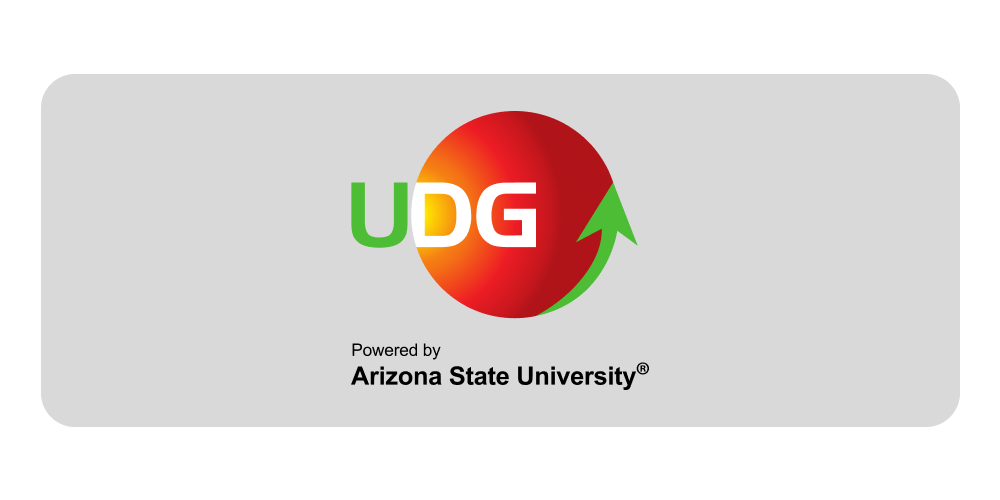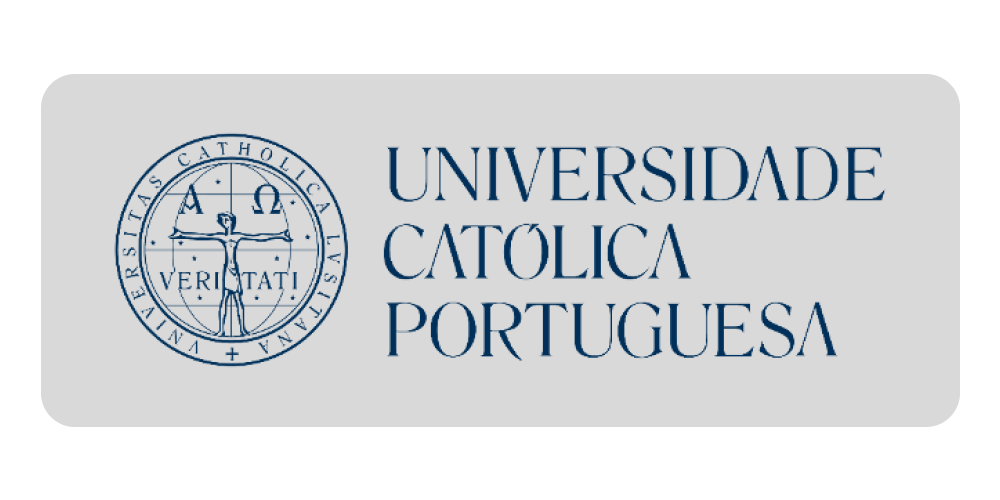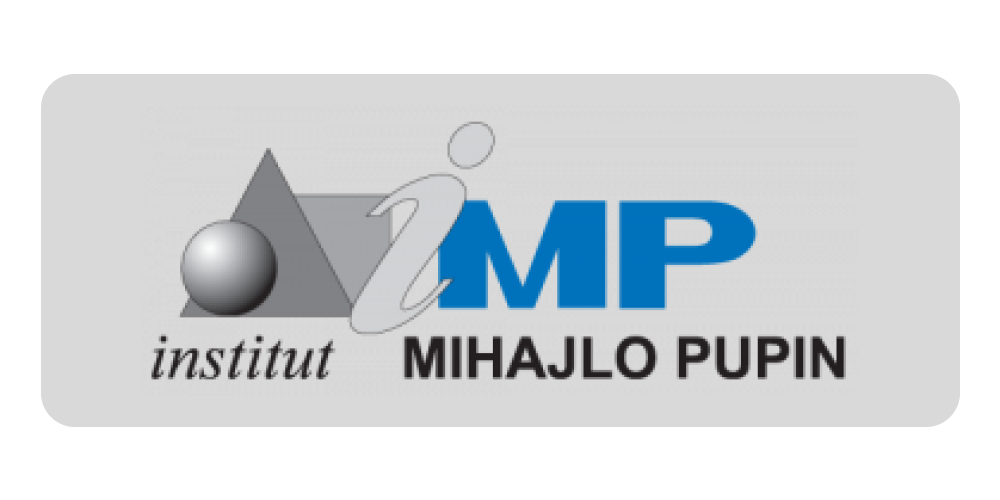University of Zagreb. Faculty of Science. Department of Mathematics.
Prostorna analiza prometnih nesreća u Republici Hrvatskoj
2017
U ovome radu, pojam prostorne autokorelacije obrađen je kroz više poglavlja. U 2. poglavlju teorijski su obrađeni: Moranov indeks (globalni indikator prostorne asocijacije), lokalni Moranov indeks i Getis-Ord Gi statistika (lokalni indikatori prostorne asocijacije). Pomoću navedenih indikatora možemo utvrditi postojanje prostorne autokorelacije između vrijednosti varijable koje se javljaju na određenom geografskom području. Praktična primjena globalnog Moranovog indeksa, lokalnog Moranovog indeksa i Getis-Ord G statistike pokazana je u 3. poglavlju. Cilj je bio utvrdi postojanje prostorne autokorelacije između vrijednosti varijabli: ukupan broj prometnih nezgoda, broj prometnih nezgoda na 10.000 stanovnika, ukupan broj registriranih vozila, broj prometnih nezgoda na 10.000 vozila, te premije za osobna i teretna vozila (2016. godine) na područjima registarskih oznaka i policijskih postaja. Izračuni indikatora prostorne autokorelacije i grafički prikaz korelacije vrijednosti varijabli, izmjerene na geografskim jedinicama, obavljeni su programskim jezikom R. U 4.poglavlju cilj je bio utvrditi postojanje međusobnog utjecaja korelacija varijabli s obzirom na vrijednosti koje se pojavljuju na geografski jedinicama registarskih oznaka i policijskih postaja. Korelaciju između varijabli utvrđena je uz pomoć Pearsonovog koeficijenta korelacije koji smo izračunali u R programu. Varijable koje smo koristili za utvrđivanje međusobne korelacije su: broj prometnih nezgoda na 10.000 vozila i broj prometnih nezgoda na 10.000 stanovnika, broj prometnih nezgoda na 10.000 stanovnika i premija za vozila, broj prometnih nezgoda na 10.000 vozila i premija za vozila.In this study, the term of spatial autocorrelation is elaborated through several chapters. In Chapter 2, the Moran index (global spatial association indicator), the local Moran index and the Getis-Ord G statistics (local spatial association indicators) have been theoretically analyzed. Using those indicators we can determine the existence of spatial autocorrelation between the value of variables which occur in a particular geographic area. The practical application of the global Moran index, the local Moran index and the Getis-Ord Gi statistics is shown in chapter 3. The goal was to determine the existence of spatial autocorrelation between the value of these variables: total number of traffic accidents, the number of traffic accidents per 10,000 inhabitants, total number of registered vehicles, the number of accidents at 10,000 vehicles, premiums for personal and commercial vehicles in 2016. in the areas of registration labels and police stations The calculations of the spatial autocorrelation indicator and the graphical representation of the correlation of the variables values, measured on the geographic units, were performed in the R programming language. In the 4th chapter, the goal was to determine the correlation between of the variables in relation to the values that appear on the geographical units of the registration labels and the police stations.. The correlation between the variables was determined by the Pearson's correlation coefficient which we calculated in the R program The variables we used to determine correlation were: the number of traffic accidents on 10,000 vehicles and the number of traffic accidents per 10,000 inhabitants, the number of traffic accidents per 10,000 inhabitants and vehicle premiums, the number of accidents at 10,000 vehicles and vehicle premiums
University of Zagreb. Faculty of Science. Department of Mathematics.
Prostorna analiza prometnih nesreća u Republici Hrvatskoj
U ovome radu, pojam prostorne autokorelacije obrađen je kroz više poglavlja. U 2. poglavlju teorijski su obrađeni: Moranov indeks (globalni indikator prostorne asocijacije), lokalni Moranov indeks i Getis-Ord Gi statistika (lokalni indikatori prostorne asocijacije). Pomoću navedenih indikatora možemo utvrditi postojanje prostorne autokorelacije između vrijednosti varijable koje se javljaju na određenom geografskom području. Praktična primjena globalnog Moranovog indeksa, lokalnog Moranovog indeksa...
Preuzmite dokument
2017
 Gajari, Zoran
Gajari, Zoran
University of Zagreb. Faculty of Science. Department of Mathematics.
Prostorna analiza prometnih nesreća u Republici Hrvatskoj
U ovome radu, pojam prostorne autokorelacije obrađen je kroz više poglavlja. U 2. poglavlju teorijski su obrađeni: Moranov indeks (globalni indikator prostorne asocijacije), lokalni Moranov indeks i Getis-Ord Gi statistika (lokalni indikatori prostorne asocijacije). Pomoću navedenih indikatora možemo utvrditi postojanje prostorne autokorelacije između vrijednosti varijable koje se javljaju na određenom geografskom području. Praktična primjena globalnog Moranovog indeksa, lokalnog Moranovog indeksa...
Preuzmite dokument
2017
 Gajari, Zoran
Gajari, Zoran
University of Zagreb. Faculty of Science. Department of Mathematics.
Prostorna analiza prometnih nesreća u Republici Hrvatskoj
U ovome radu, pojam prostorne autokorelacije obrađen je kroz više poglavlja. U 2. poglavlju teorijski su obrađeni: Moranov indeks (globalni indikator prostorne asocijacije), lokalni Moranov indeks i Getis-Ord Gi statistika (lokalni indikatori prostorne asocijacije). Pomoću navedenih indikatora možemo utvrditi postojanje prostorne autokorelacije između vrijednosti varijable koje se javljaju na određenom geografskom području. Praktična primjena globalnog Moranovog indeksa, lokalnog Moranovog indeksa...
Preuzmite dokument
2017
 Gajari, Zoran
Gajari, Zoran






